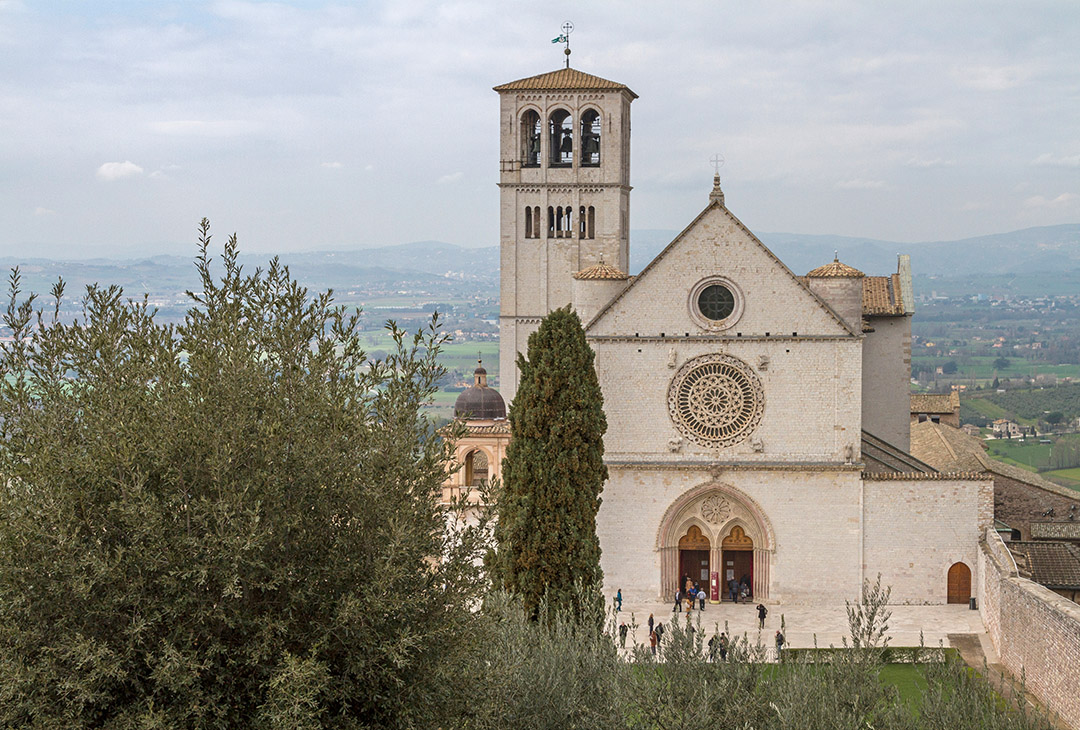The hospital takes its name from the mountain in Italy, where St Francis of Assisi was said to have received the Stigmata (imprint of the five wounds of Christ). He led a life of radical simplicity and gospel joy, witnessing God’s love for all people and all creation by loving and reverencing each and every person he met, from lepers to Sultans and Popes to the ordinary townspeople.
Mount Alvernia Hospital began in the summer of 1947 when three FMDM Sisters left England for China. They had been commissioned to work with the Irish Friars Minor in their Franciscan Missionary outreach. Due to the advancement of the Communist troops, the Sisters were ordered to abandon their mission in China and go to Hong Kong, where they stayed with the Maryknoll Sisters.
At that time they heard that Bishop Olcomendy of Malacca was looking for Sisters to care for patients in Singapore suffering from tuberculosis, a disease that was both life threatening and contagious during World War II.
On March 7th 1949, Sister Angela McBrien, arrived in Singapore from Hong Kong, followed by Sister Mary Camillus Walsh and Sister Mary Baptista Hennessy. They took over the tuberculosis wards at Tan Tock Seng Hospital, which eventually became known as Mandalay Road Hospital. They also served The Lepers Camp, a community of lepers housed in Trafalgar Home in Woodbridge. Both centres were managed as self-contained units. Isolation was the treatment at that time.
In 1952, the Sisters were given an opportunity to start a private hospital to bring nursing care and services to the population.
So pooling their savings and salaries, the FMDM Sisters started a core fund and canvassed for donations. Many generous individuals and companies responded to the call and eventually enough was collected to build a new hospital.
On 4 March 1961, the hospital was declared officially opened with 60 beds. Staffing was done entirely by the Sisters who were professionally trained as nurses, midwives, physiotherapists, radiographers, laboratory technicians and other support services.
